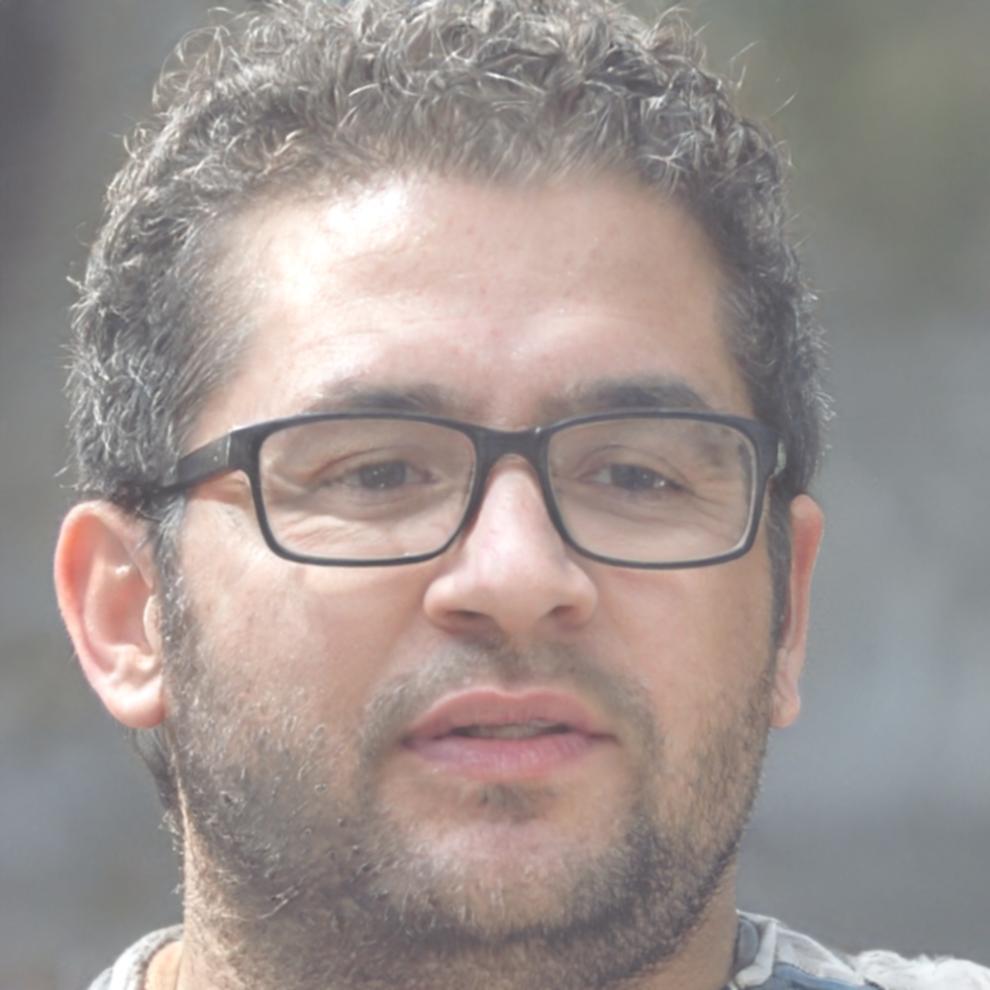Methodology Evolution
Our storytelling approach has developed through years of refinement, research, and real-world application with creators across diverse backgrounds and experience levels.
Our storytelling approach has developed through years of refinement, research, and real-world application with creators across diverse backgrounds and experience levels.
Each phase of our methodology emerged from direct feedback, extensive testing, and continuous adaptation to meet the evolving needs of storytellers in today's creative landscape.
The initial framework emerged from working with over 200 writers who struggled with traditional story structures. We noticed that conventional three-act models often constrained rather than supported natural storytelling instincts. Through extensive workshops and one-on-one sessions, patterns emerged showing how writers naturally approached narrative development.
This period focused heavily on observation rather than instruction. We documented how successful storytellers actually worked, not how they thought they worked. The gap between theory and practice became our primary research focus.
Real-world application revealed significant insights about pacing, character development, and audience engagement. We discovered that writers needed flexible frameworks rather than rigid formulas. The methodology evolved to include multiple entry points and adaptable pathways based on individual creative processes.
During this phase, we introduced the concept of "story archaeology" – helping writers uncover the natural structure within their existing ideas rather than imposing external frameworks. This approach proved particularly effective for experienced writers transitioning between genres.
The current iteration incorporates feedback from writers working across digital platforms, traditional publishing, and multimedia storytelling. We've integrated techniques that address modern attention spans while maintaining narrative depth and emotional resonance.
Recent additions include methods for handling non-linear storytelling, interactive narratives, and stories designed for multiple media formats. The methodology now serves writers creating everything from traditional novels to podcast series and interactive digital experiences.
Our approach rests on fundamental beliefs about creativity, learning, and storytelling that guide every aspect of the methodology development.
The methodology operates through three interconnected phases that can be approached in various sequences depending on individual needs and project requirements.
Writers explore their natural storytelling instincts and identify personal creative patterns. This phase involves exercises designed to reveal individual strengths and preferred approaches to narrative development.
Focused skill building tailored to individual goals and projects. Writers learn specific techniques while applying them to their current work, ensuring immediate practical value and relevance.
Writers synthesize learned techniques with their natural approaches, developing personalized creative processes. This phase emphasizes sustainable practices and long-term creative development.

"The methodology continues evolving because storytelling itself keeps changing. What worked five years ago might not serve writers facing today's creative challenges. We stay responsive to these shifts."